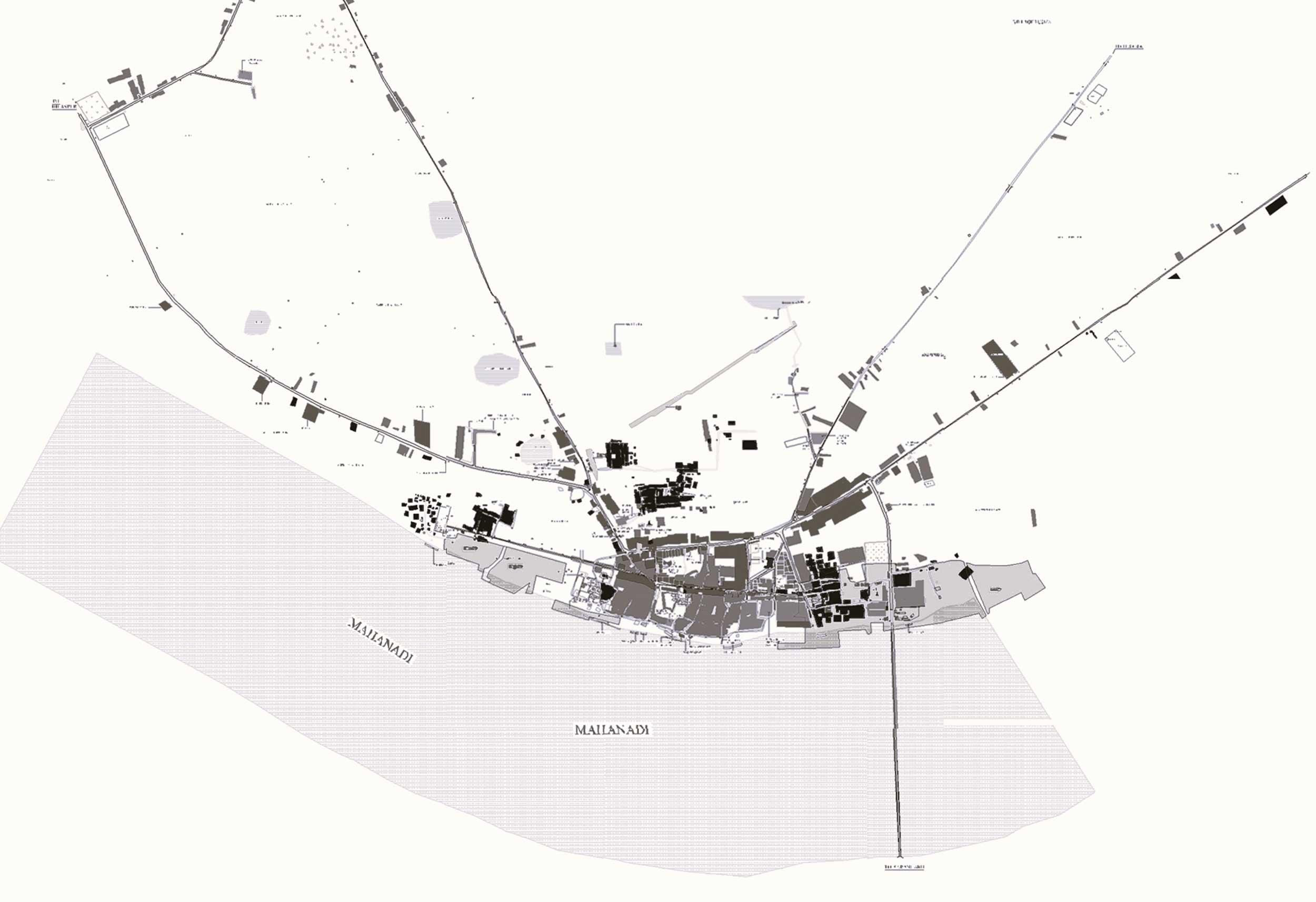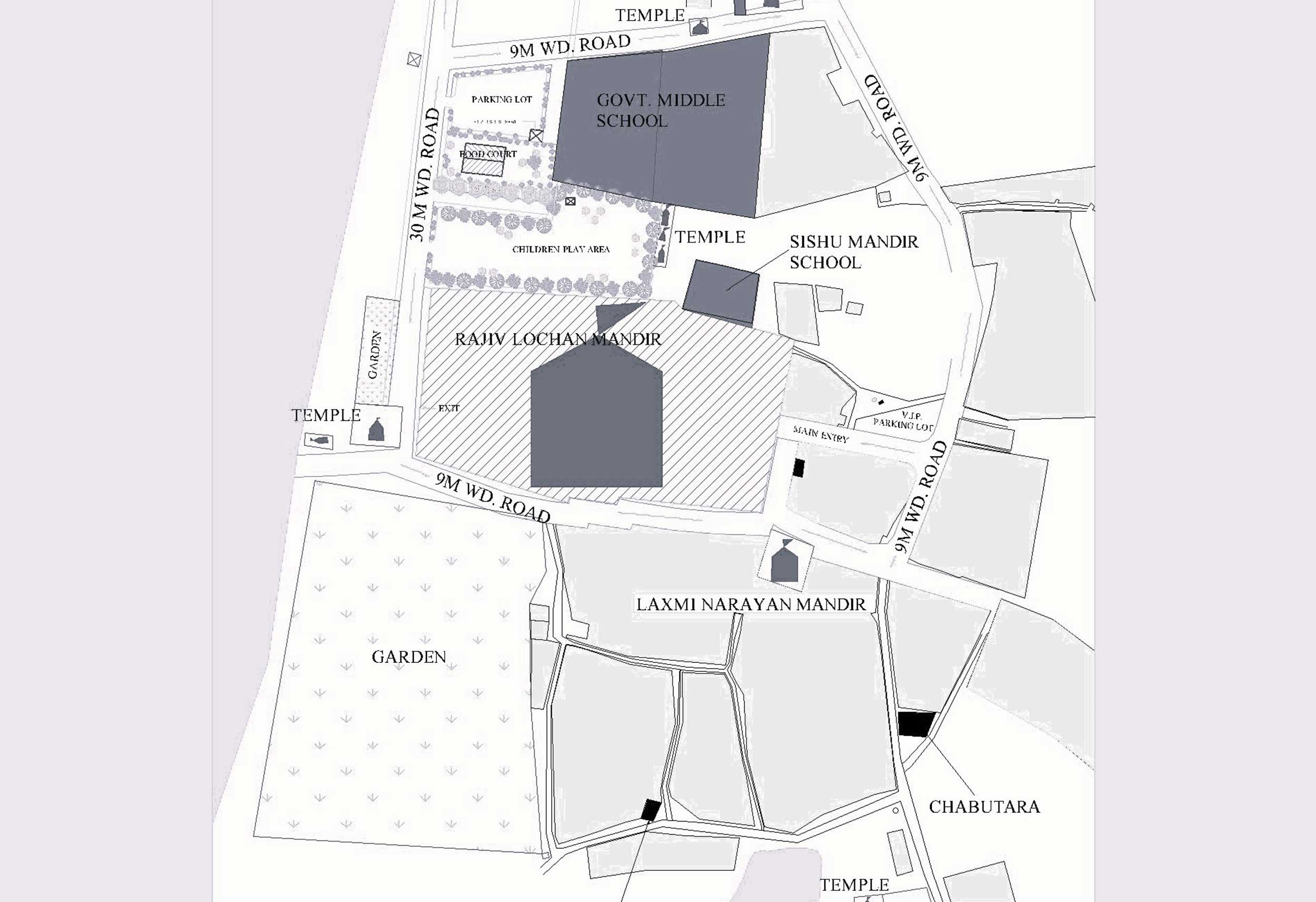
Tourism Based Master Planning Of Sheorinaryan City Distt. Jhangir-Champa, Chhattisgarh
Sheorinaryan is a small town located at the confluence of 3 rivers namely – Mahanadi, Shivnath and Jonk river in Janjgir-Champa district in the Indian state of Chhattisgarh. This town has a religious significance and roots to the holy scripture of Ramayana in the Hindu religion. The town derives its name from Shabri- one of the characters in Ramayana story. Every year, in Feb a gathering is organized called a “Mela” for the advantage of religious tourism. The main attraction of this space is the Sheorinaryan temple and related activities. This temple was built by the Hayhay vansh during the 11th century.
Due to the huge influx of floating population, especially during festivals, it was necessary to create a proposal to mitigate the ill effects of over-crowding. Mainly due to the large crowds the town would get problems like lack of spaces to stay, poor sanitization, lack parking, mass deaths and excessive pollution. Therefore, it was deemed necessary to create a tourism -based masterplan to be applied in this region solely to create easier transition between normal days and days when the town plays hosts to tourists from across the country. The master plan skilfully navigates the existing structures and proposes new open spaces that are currently undeveloped where some activities can be shifted to, thereby reducing the stress of main temple street. It was also one of the challenges to propose a masterplan while keeping in mind the historical and religious significance of this town.

Tourism Based Master Planning of Rajim City Distt. Raipur, Chhattisgarh
The city of Rajim is of spiritual significance to most Hindu communities in North India. The city is home to 3 major temples dedicated to Gods Vishnu, Mahadeva and Mahakali. Therefore, this city sees a lot of floater tourist population. Other than this, another interesting factor of this city is that it is located at the confluence of 3 rivers-namely Mahanadi, Pairi and Sondur, making it a design challenge. Due to its cultural and historic significance Rajim City also hosts a religious gathering for pilgrims every year in month of February or March. As it is an old city with old temples with modern movement patterns and a large population to cater to; a master planning intervention was deemed necessary for combating the modern-day challenges. With towns of religious importance, it is crucial to maintain the dignity of the ancient design and propose improvements around that. Some of the improvements designed were places to stay, sanitation spaces, food junctions and parking spaces. One of the biggest challenges in designing this ace was that typical master planning techniques do not work in the design of this space as each, and every religious town has its own set of challenges and so a more organic method of problem solving must be adopted.

Tourism Based Master Planning Of Chamaparan City, Distt. Raipur, Chhattisgarh
The city of Champaran located in Chhattisgarh state of India holds a religious significance to the Hindus especially the Vallabh sect. Another interesting part of the city is that it was named after the Champa trees that grow abundantly in the region. A major river called Mahanadi is worshipped here as it flows through the city. There are 2 major temples located in this city and so it receives a lot of pilgrims each year especially during the annual religious gathering during the month of January or February. Due to the population increase of the pilgrims each year the city started facing a lot of challenges around managing the extra load of outsiders. The lack of provisions pushed the government to funnel funds towards improving the city infrastructure to suit the changing needs of the time. Some of the major areas of design were tourist rest spaces, dormitories, gardens, parking spaces, food junctions, street shopping discipline, sanitation, and bus stand. One of the major reasons behind creating the tourist-based master planning is to comfortably switch from regular days and days when there’s high number of tourists coming in. It also encourages the tourists to visit the city knowing that it can support the visitor. The master planning was achieved with grace and respect towards existing layout.
